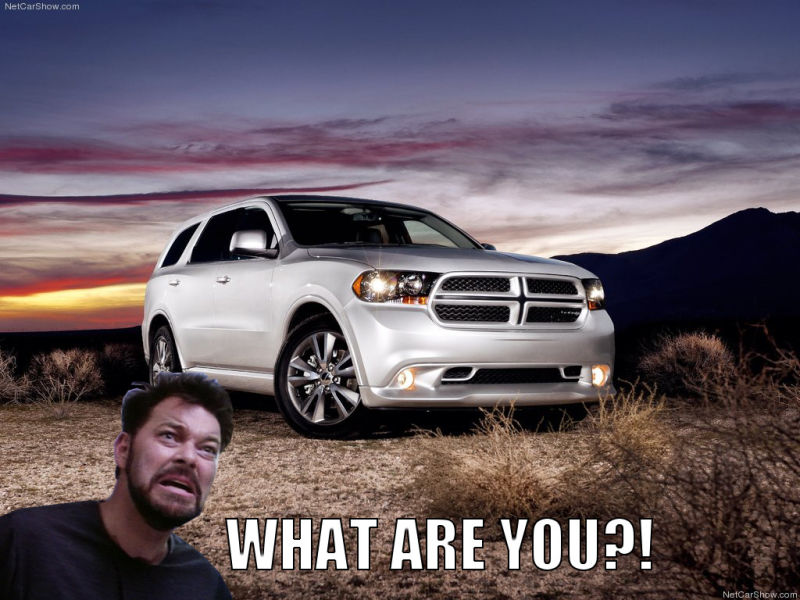
To many on Oppo, a crossover is a demon spawn from the darkest depths of hell. While that may be somewhat true, there seems to be a lot of misconceptions as to what actually constitutes as a crossover. I see a lot of people that seem to call every new, tall, 5-door vehicle, no matter what’s underneath. It’s true that the general definition of a crossover is somewhat obscured, but I think I’ve finally cracked the perfect criteria and scale of which to score what a CUV is versus what an SUV is. I’d like to share this with you all.
The Three Basic Criteria of a CUV
From what I’ve found over the years of research, there are three basic criteria that defines a crossover versus a basic sport-utility vehicle.
A crossover usually has these three things:
- A unibody architecture
- Are largely based upon a regular family car or compact
- Are usually front-wheel drive based
Let’s take a look at an example of a car that meets all three criteria.
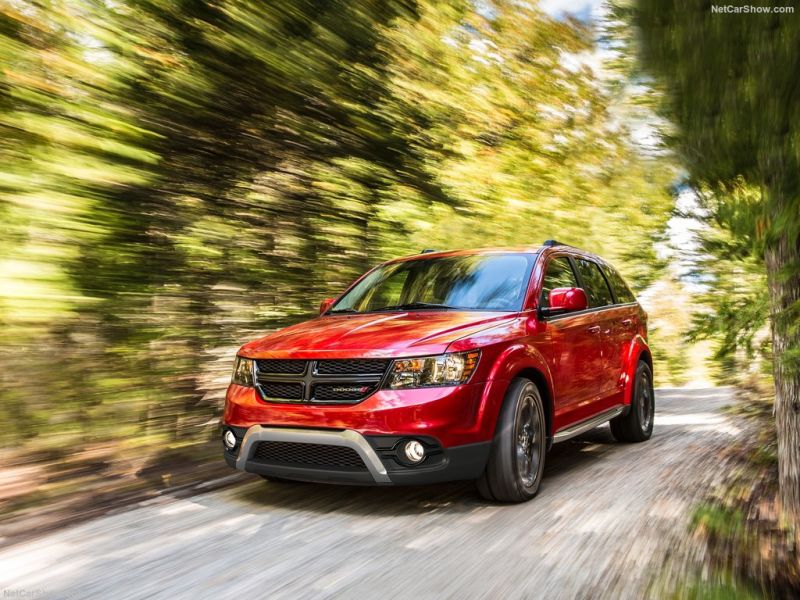
Say hello to a car that I despise, the Dodge Journey. My thoughts on the Journey aside, it is a perfect example of a tried and true crossover. It is a unibody frame, with the platform from a Chrysler Sebring, and is usually front-wheel driven, with an optional FWD-based all-wheel drive system. No one will ever confuse this for a real SUV, besides marketing buffs and some unaware soccer moms.
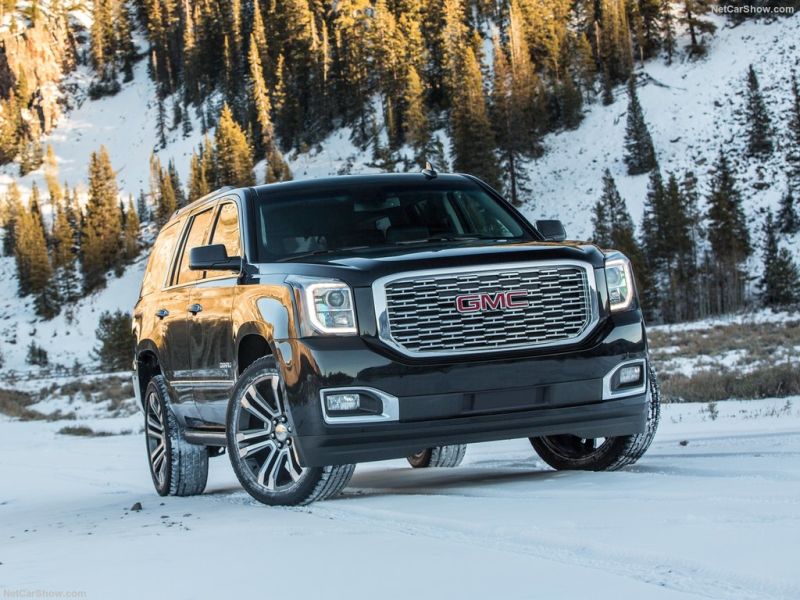
Now on the complete opposite side of the spectrum, we find a vehicle like this GMC Yukon. The Yukon is a dinosaur in comparison to the crossover wave of today. It features zero of the criteria I listed above: it’s a classic body on frame build with no connection to any regular car built by GM, and in its most basic form it’s a rear-wheel drivetrain. This is most certainly a sport-utility vehicle, if I’ve ever seen one.
So, case closed right? Not exactly, because there are a lot of vehicles that seem to fall in a sort of grey area that feature at least one or two of the criteria featured above. This is where it can get difficult sometimes, and the reason why some vehicles like the Dodge Durango get incorrectly (in my opinion) labeled as a CUV.
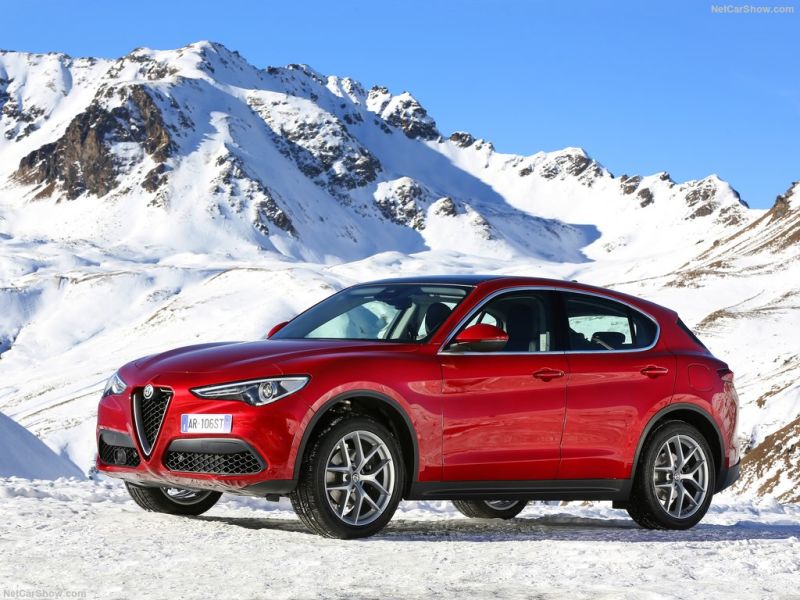
This beauty is, as you all know, the amazing Alfa Romeo Stelvio. The Stelvio is interesting because it does crossovers a little differently. While it is a unibody, its Giulia-based platform means it’s actually rear-wheel drive. Some might call it an SUV just based on that alone, but I still think it falls into CUV territory because of it being a sedan-based vehicle, even though you can drift it.
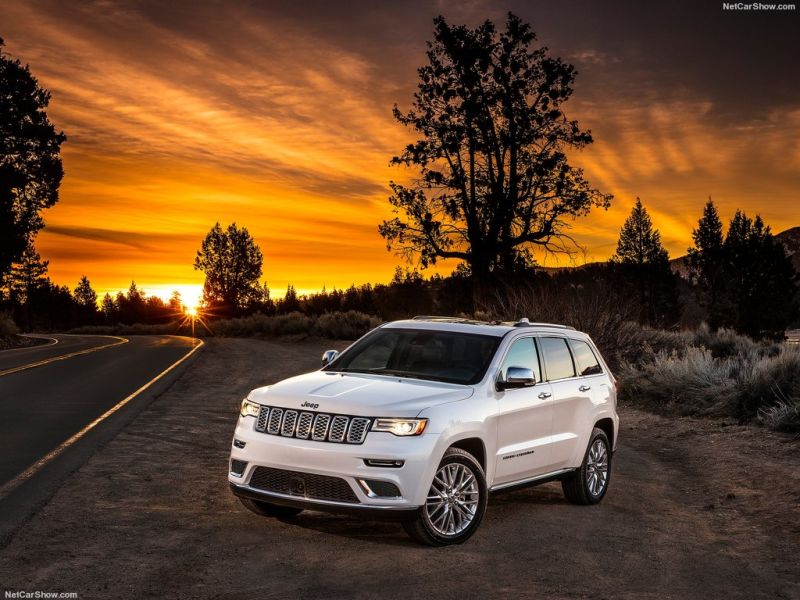
And then we get to the Jeep Grand Cherokee. It’s not car-based, and it isn’t FWD, but it is a unibody platform. But because it just has one of the criteria, I think it can still be classified as an SUV. Besides, the Grand Cherokee is one of the cars that made SUVs highly popular in the first place.
So, to finish all this up, I think those criteria are what makes a CUV a CUV, and if a vehicle has a majority of them, it knocks it into the territory. Some of you may say, “Well duh,” but I hope I can help some others truly understand this craziness. Or maybe I’m just rambling about crossovers again. You be the judge.